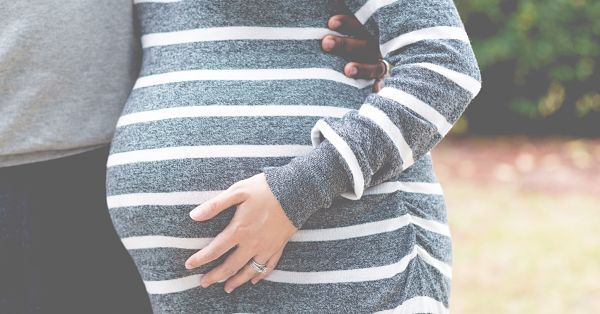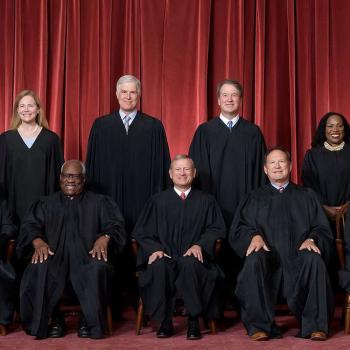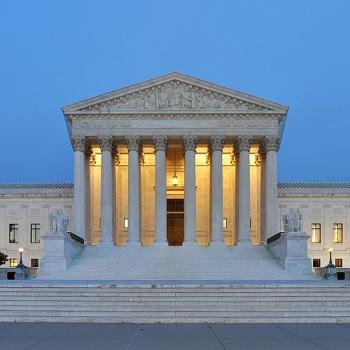For the second year in a row, the number of babies delivered in the U.S. fell in 2016, according to a new report from the National Center for Health Statistics. For some groups of women, the birth rate reached record lows.
The provisional figures released Friday include 99.96% of all births in the United States last year. Here’s what they show:
Overall births
The total number of babies born in the U.S. last year was 3,941,109. That’s 37,388 fewer babies than were born in the U.S. in 2015, which represents a 1% decline.
The number of births tends to rise as the population rises, so statisticians like to make historical comparisons by calculating the general fertility rate. This is the number of births per 1,000 women considered to be of childbearing age (between 15 and 44).
In 2016, the U.S. general fertility rate hit a record low of 62.0 births per 1,000 women ages 15 to 44. In 2015, the general fertility rate was 62.5.
Another useful statistic is the total fertility rate. This is an estimate of the total number of babies that 1,000 women would have over their lifetimes, based on the actual birth rates for women in different age groups.
In 2016, the total fertility rate for American women was 1,818 births per 1,000 women. That’s the lowest it has been since 1984.
In order for a generation to exactly replace itself, the total fertility rate needs to be 2,100 births per 1,000 women. The U.S. has been missing that mark since 1971 (though the country’s population has grown due to immigration).
More older mothers
The ages of women giving birth in the U.S. has been skewing older for several years, and that trend continued in 2016.
Birth rates for women 30 and older hit their highest levels since the 1960s, and women in their early 30s had the highest birthrate of any age group.
In 2016, there were 102.6 births per 1,000 women between the ages of 30 and 34. The last time it was that high was 1964.
There were also 52.6 births per 1,000 women ages 35 to 39, the highest that figure has been since 1962.
The birthrate continued to taper off for women in their 40s, with 11.4 birth per 1,000 women between the ages of 40 and 44 and 0.9 births per 1,000 women ages 45 and up. Those were the highest birthrates for those age groups since 1966 and 1963, respectively.
In 2016, the overall number of babies born to mothers in their 30s was 1,656,736. An additional 112,007 babies were born to women ages 40 and up.
Teen births declining
Meanwhile, birthrates for women in their teens and 20s hit record lows in 2016.
The teen birthrate reached a new low of 20.3 births per 1,000 women between the ages of 15 and 19. That’s 9% lower than it was in 2015; 51% lower than it was in 2007 (when the current downward trend began); and 67% lower than it was in 1991 (the year with the most recent peak).
[Keep reading. . .]














